MassageBook Gift Cards
Learn more
×
Choose preferred date or time:
Filter: All
Filters
Business Offering
Accepts New Clients
11
Accepts MassageBook Gift Cards
6
Deals Available
13
Services Offered
Bodywork
28 Techniques
20
Spa
3
Skincare
2
Yoga
1
Fitness
0
Nutrition
0
Naturopathy
0
Hair
0
Counseling
1
Reflexology
2
Aromatherapy
1
Meditation
1
Hair Removal
0
Wellness
3
Coaching
0
Nails
0
Acupuncture
4
New!
Filter by technique, availability, service & more
New!
Filter by technique, availability, service & more
Massage Places Near Me in Tulsa
28 massage results in Tulsa, OK
Sort by:

Featured
Deal
Art of Touch Massage By Carolyn
Tulsa, OK74135
1.7 miles away
Loading...
Deal
60 min
from $85
from $85

Featured
Deal
Intuitive Touch Massage
Tulsa, OK74135
3.3 miles away
Loading...
Deal
90 min
from $125
from $125

Featured
Deal
MadsenMassageTherapyLLC
Tulsa, OK74119
4.6 miles away
Loading...
Deal
60 min
from $110
from $110

Featured
Deal
StClair Therapeutic Massage
Tulsa, OK74136
4.6 miles away
Loading...
Deal
60 min
from $75
from $75

Featured
Deal
Sacred Space Restorative Bodywork
Tulsa, OK74133
6.7 miles away
Loading...
Deal
60 min
from $90
from $90
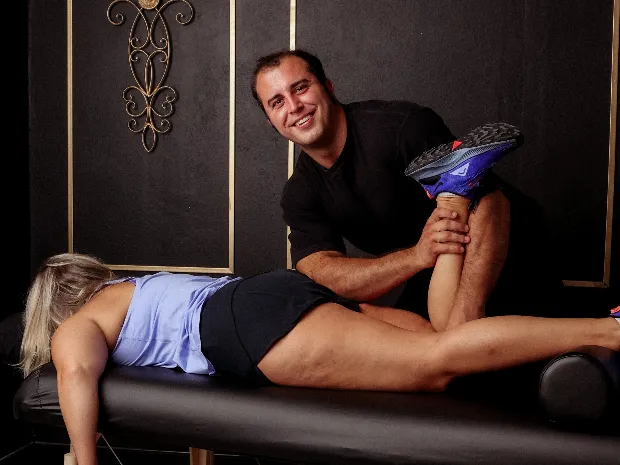
Featured
Deal
Mind Body Awakening | Corrective Massage
Broken Arrow, OK74012
8.1 miles away
Loading...
Deal
60 min
from
from
$60 $80

Featured
Deal
Mustard Seed Massage
Broken Arrow, OK74012
7.9 miles away
Loading...
Deal
90 min
from $135
from $135

Featured
Deal
Ashley's Body and Soul Serenity Massage Therapy
Broken Arrow , OK74012
9.1 miles away
Loading...
Deal
90 min
from $115
from $115

Featured
Deal
Healing Spirit Massage
Tulsa, OK74133
5.9 miles away
Loading...
Deal
60 min
from $70
from $70
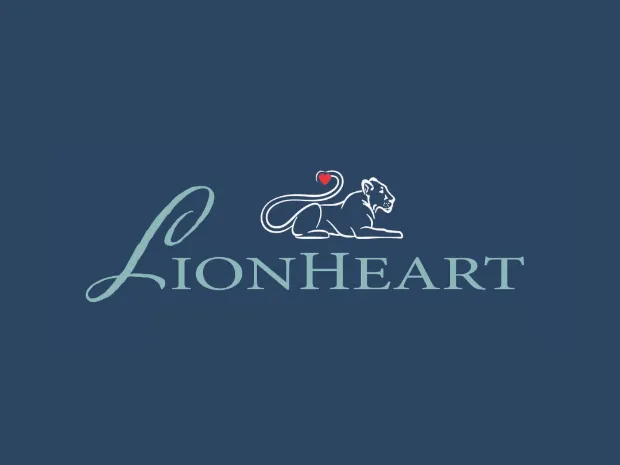
Featured
Deal
LionHeart Wellness
Tulsa, OK74133
7.8 miles away
Loading...
Deal
60 min
from
from
$100 $125

Featured
Deal
Beyond Massage Therapy
SOUTH LOCATION 10106 S Sheridan Rd Ste C, OK74133
7.7 miles away
Loading...
Deal
60 min
from $105
from $105
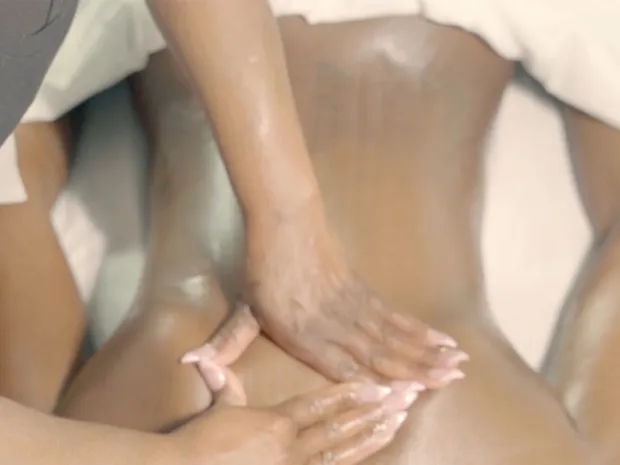
Featured
Deal
Kimmyscents
Tulsa, OK74135
1.7 miles away
Loading...
Deal
120 min
from $120
from $120

Featured
Deal
Jennie Sullins Massage Therapy
Owasso, OK74055
11.1 miles away
Loading...
Deal
60 min
from
from
$119 $140

Featured
Deal
Relaxation by Annette Massage & Wellness
Glenpool, OK74033
12.9 miles away
Loading...
Deal
60 min
from $50
from $50

Featured
Deal
HappyFeet Foot Massage
TULSA, OK74133
6.6 miles away
Loading...
Deal
60 min
from $60
from $60
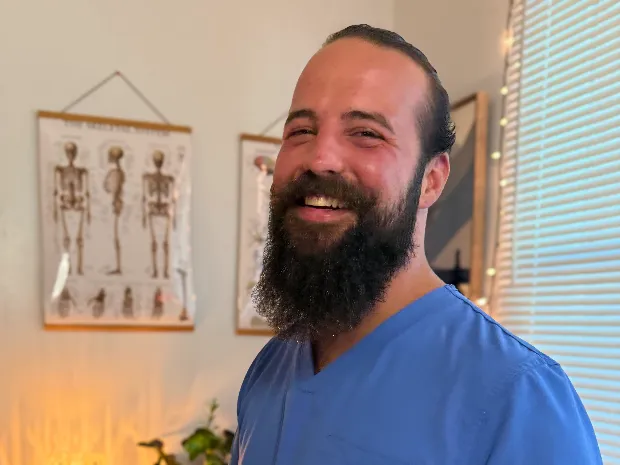
Featured
Deal
Radiant Healing LLC
Tulsa, OK74114
1.3 miles away
Loading...
Deal
60 min
from $120
from $120

Featured
Deal
Shine Massage & Wellness, LLC
Sapulpa, OK74066
14.4 miles away
Loading...
Deal
60 min
from $84
from $84

Featured
Deal
Bliss Body Therapy
Tulsa, OK74135
2.7 miles away
Loading...
Deal
90 min
from $135
from $135

Featured
Deal
Ideal Balance
Tulsa, OK74135
2.2 miles away
Loading...
Deal
60 min
from $150
from $150
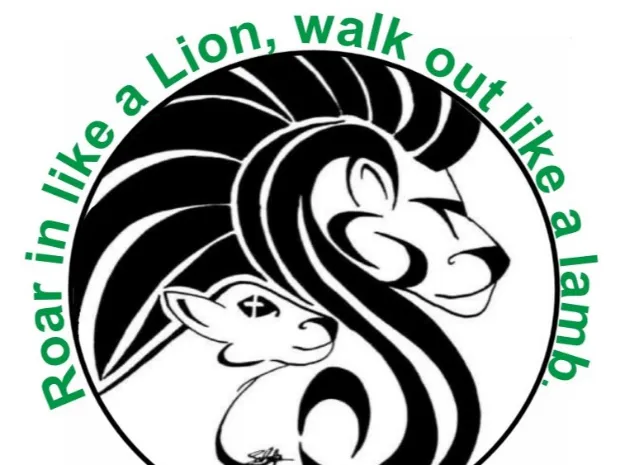
Featured
Deal
Rife Therapeutics
Tulsa, OK74112
2.3 miles away
Loading...
Deal
60 min
from $90
from $90
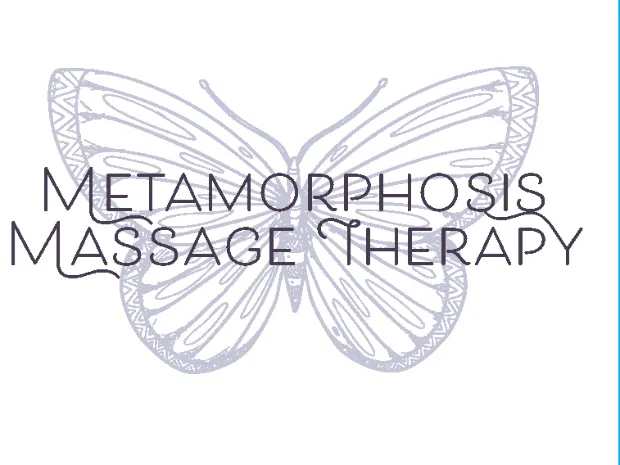
Featured
Deal
Metamorphosis Massage Therapy
Broken Arrow , OK74012
9.5 miles away
Loading...
Deal
60 min
from
from
$112.50 $125

Featured
Deal
Vintage Sports Therapy, LLC
Tulsa, OK74133
4.3 miles away
Loading...
Deal
60 min
from $95
from $95

Featured
Deal
Hands of Healing and Massage | Haskell, OK
Haskell, OK74436
25.1 miles away
Loading...
Deal
60 min
from $80
from $80
Frequently Asked Questions About Massage Therapy
Why should I see a massage therapist?
Do I need to book an appointment in advance?
How long does a typical session last?
What type of massage should I book?
What should I wear for my massage?
Can I still get a massage if I have a medical condition?
What should I do if I feel uncomfortable during my massage?






Know someone who just 's massages?
Go on, be a good friend and share MassageBook with them. They'll love you for it.
Share: